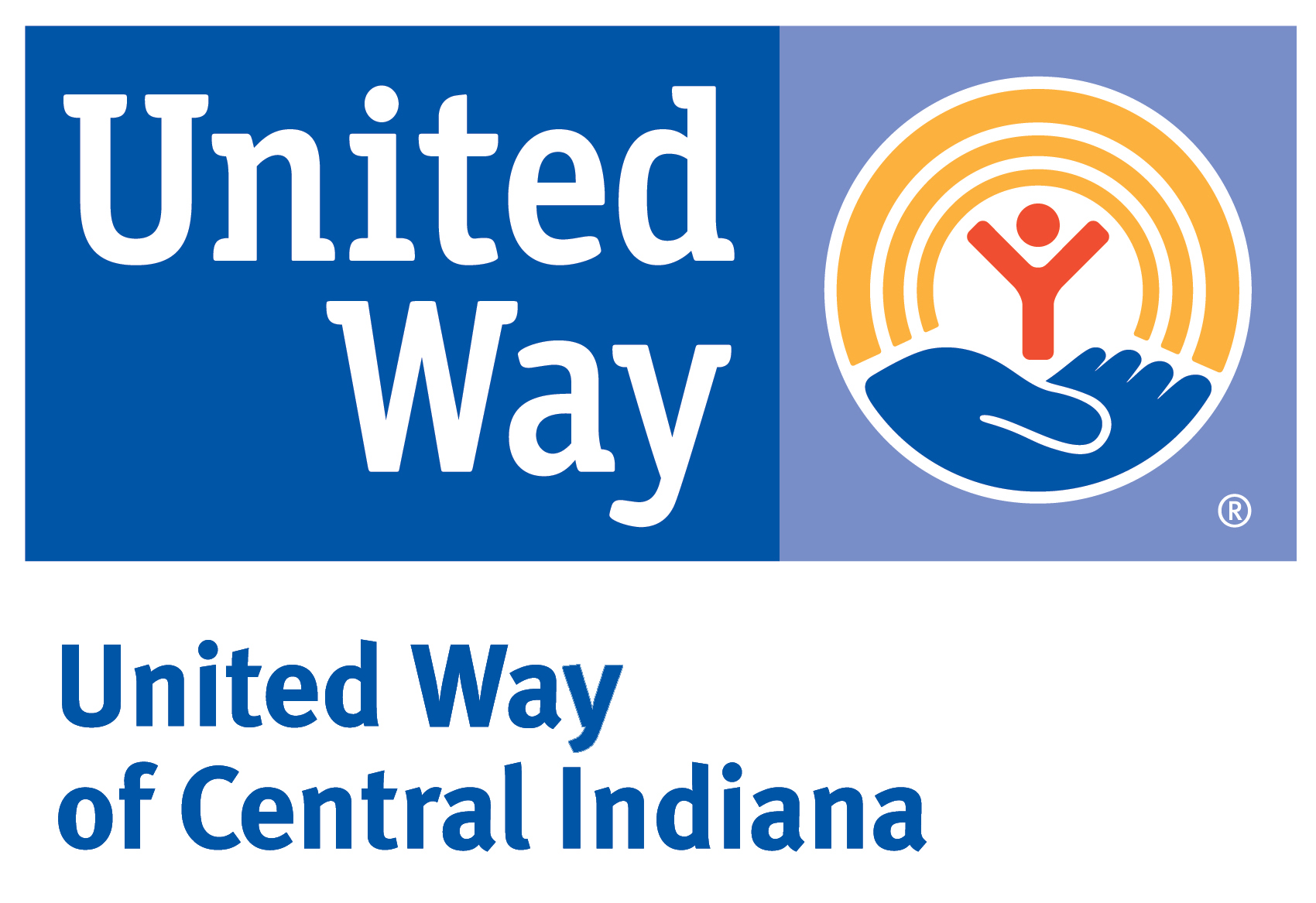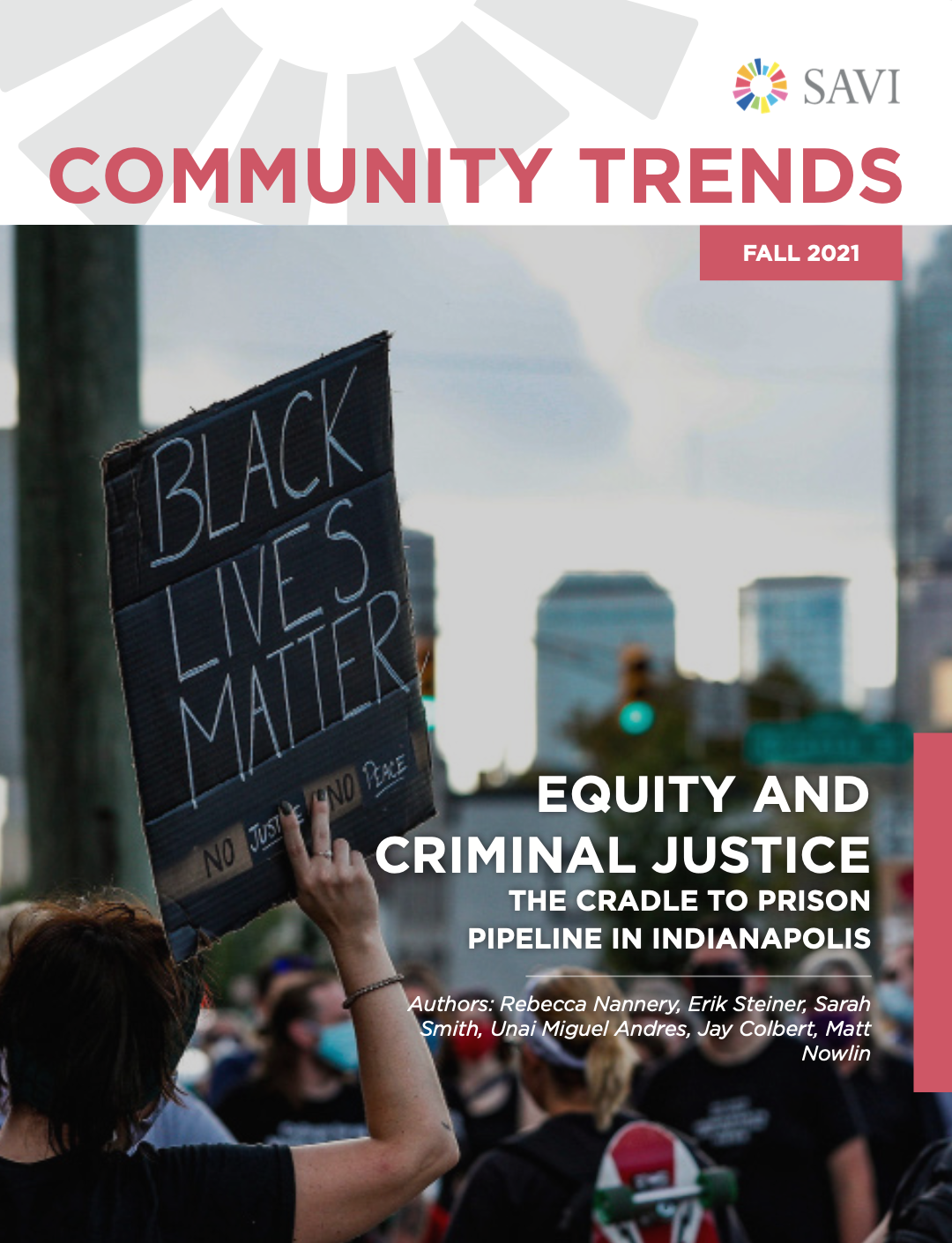Equity and Criminal Justice
SAVI Talks - November 18, 2021An individual’s interaction with the criminal justice system is not necessarily a random event: Research shows that beginning from birth, various factors including disability, race, gender, and economic status result in disproportionate impact on subpopulations in a way that makes them more likely to engage with the criminal justice system. These factors, and policies that alleviate or compound existing inequities will be examined using the Cradle to Prison Pipeline framework.
This report examines a concept called the “cradle to prison pipeline.” It is a review of some of the basic statistics at each stage of this pipeline: childhood, school, juvenile justice, early adulthood, and imprisonment. For each stage, we present basic trends and disparities across race, place, gender, and other demographic variables.
Research has shown that highlighting racial disparities can actually increase support for policies that perpetuate inequality, such as “stop and frisk.” With caution, this report maintains a focus on disparities, particularly between Black and white residents, because those are indicative of problems within systems and not the inherent criminality of individuals or populations.
Black and white jail population per 100,000 people age 15-64 (five-year average)
Indiana
Marion County
Community Trends Report
SAVI Talks Presentation
Introduction & Report Presentation:
Panel Discussion & Closing Remarks:
Articles and Story Maps
Explore other research and interactive content we have developed around equity.
Indy’s Mass Transit Bill: Debated with Data
Last week, the Tax and Fiscal Policy Committee voted to delay House Bill 1011, which would allow voters in Hamilton and Marion counties to determine whether or not they want to increase taxes to build a regional transit system. This has been a hotly debated topic in...
Good Planning + Good Data = Positive Community Impact
All of us hope to have a positive impact on our community. It’s why we do what we do. Nonprofits exist to help make the world a better place. But how do we make sure our programs and organizations make the greatest impact they can? It starts with good planning and...
Indiana’s State of Our Black Youth Report Inspires Action
Late last year, Indiana Black Expo released its much anticipated State of Our Black Youth report. It is the third installment of the series (the previous two reports were released in 2005 and 2007 respectively), but this time, Indiana Black Expo has a loftier plan for...
State of our Black Youth Report: 2012 Edition
Indiana Black Expo, Inc.’s 2012 State of Our Black Youth Report (SOBY) presents statewide data on the health and well-being of Indiana’s Black youth, as well as local data for the following 16 communities: Anderson, East Chicago, Elkhart, Evansville, Fort Wayne, Gary,...
2012 Community Report: Early Childhood to College & Career
In this third community baseline report, you will see the results of such major achievements as the Mapping Transitions to College project, which was critical to the ability of Indianapolis/Marion County Schools to track their students’ postsecondary enrollment...
Community Development Corporations
Community Development Corporations are nonprofit organizations that promote community development such as creation of affordable housing, workforce training, and community organizing and planning. This map shows the service areas of the 20 known, 19 of which are still...
Community Center Service Areas
This map was created for Marion County Commission on Youth (MCCOY), as part of their Early Intervention and Prevention (EIP) Initiative, showing the service area coverage of community centers in Indianapolis. They used this map to to identify what community centers...
Changing Diversity in Marion County (1990-2010)
How can we look beyond the demographic snapshot of our city and begin to explore the social dynamics within and between neighborhoods? An increasingly important concept in public life, diversity can be described in the most basic sense as the number of groups...
Binford Redevelopment and Growth, Inc. (BRAG)
The Local Initiatives Support Corporation (LISC) Sustainable Communities Initiatives supports community-driven efforts to revitalize neighborhoods through comprehensive community development. In 2006, Indianapolis launched the Great Indy Neighborhoods Initiative...
Births to Mothers Age 15 to 18
The U.S. Center for Disease Control and Prevention released birth statistics in April 2010 that show a decrease in 2008 of teenage births in the United States after increasing in 2006 and 2007. The U.S. teen birth rate dropped almost two percent between 2007 and...
Authors
Sharon Kandris
Associate Director,
The Polis Center
Jay Colbert,
Data Manager,
The Polis Center
Jeramy Townsley,
Visiting Research Analyst,
The Polis Center
Matt Nowlin,
Research Analyst,
The Polis Center
Event Partners





